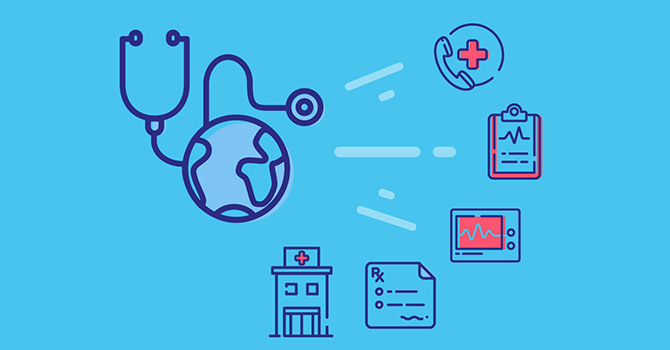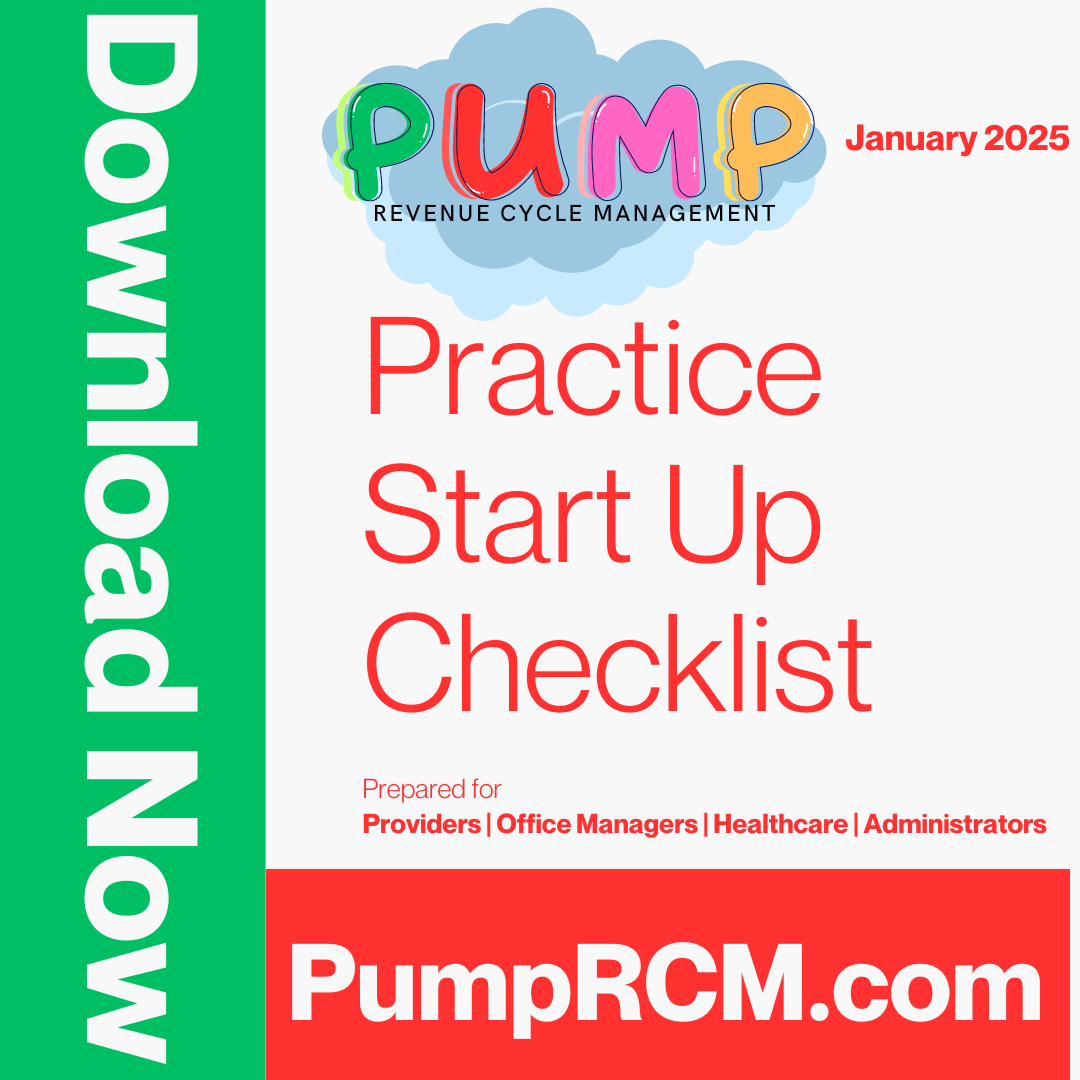How Healthcare RCM Solutions Streamline Billing and Collections
How Healthcare RCM Solutions Streamline Billing and Collections
Blog Article
A Comprehensive Overview on How Healthcare RCM Works to Simplify Payment and Collections
Navigating the intricacies of medical care profits cycle monitoring (RCM) is crucial for providers aiming to boost their payment and collections processes. The overview unboxes the intricacies of RCM, from patient enrollment to accounts receivable monitoring, using understandings right into optimizing each action.
Understanding Earnings Cycle Administration
RCM is an essential management feature that incorporates the entire monetary procedure of individual treatment, from the preliminary appointment setting to the last settlement of the balance. It is a complicated procedure developed to identify, gather, and handle the revenue from the solutions offered to clients.
The RCM process starts when an individual timetables a consultation and prolongs through the client's care trip, including invoicing and collections. An essential purpose is to minimize the time in between supplying a service and obtaining repayment, thus improving the company's economic health and wellness. RCM involves different features such as client enrollment, insurance verification, charge capture, coding, declares entry, repayment uploading, and managing allures and denials.
Trick Parts of RCM
In the world of Earnings Cycle Administration (RCM), understanding its crucial components is fundamental to attaining monetary performance within healthcare companies. RCM is an extensive procedure that encompasses numerous phases, each important to making sure effective payment and collections. The main parts consist of client enrollment, insurance confirmation, cost capture, coding, insurance claim submission, settlement publishing, and receivable monitoring.


As soon as coded, cases are submitted to payers, where accuracy is critical to prevent hold-ups or rejections - Healthcare RCM. Repayment uploading entails tape-recording the received repayments, which enables for the settlement of accounts. Finally, accounts receivable monitoring concentrates on monitoring and attending to unpaid claims, guaranteeing timely follow-up and resolution
Each component of RCM is interconnected, and ineffectiveness in any type of component can interfere with the entire cycle. As a result, mastering these elements is crucial for doctor to maximize profits and enhance their monetary health.
Strategies for Efficient Payment

Systematizing invoicing procedures throughout the company is one more key strategy. Establishing clear guidelines for documentation, coding, and entry aids keep consistency and compliance with governing demands. Training team consistently on these treatments makes certain everybody is updated with the most current modifications in invoicing codes and payer policies.
Precise visit this website fee capture is necessary in protecting against profits leakage. Carrying out routine audits and monitoring systems permits the identification and modification of inconsistencies before they impact profits. Additionally, maintaining open lines of communication with payers aids to quickly solve any type of disagreements or misunderstandings that may arise.

Lastly, appealing clients early in the billing process by providing clear price quotes and instructional products regarding their financial responsibilities can considerably decrease confusion and boost repayment timeliness. These methods collectively add to an extra effective and economically healthy billing system.
Enhancing Collections Processes
Offered the complexities of medical invoicing and the selection of payer requirements, enhancing the collections process includes applying tactical procedures that ensure timely and exact payment of solutions rendered. helpful resources Automation devices can help in tracking insurance claim statuses, sending out timely suggestions to individuals, and taking care of denials a lot more effectively.
Clear and clear patient communications are vital. Supplying in-depth explanations of costs and using flexible settlement plans can raise individual complete satisfaction and prompt settlements.
Regular audits of the collections procedure must be conducted to recognize areas for renovation and guarantee compliance with laws. By examining data, health care organizations can recognize trends, prepare for prospective issues, and adjust methods as necessary (Healthcare RCM). Eventually, a well-enhanced collections procedure not just sustains economic wellness yet likewise adds to a much more seamless experience for clients and team alike
Optimizing Profits Streams
Building upon the structure of a strong collections process, healthcare companies can additionally bolster their more financial security by tactically optimizing earnings streams. This entails a multi-faceted technique, starting with a comprehensive analysis of existing earnings sources to identify inadequacies and locations for growth. Utilizing advanced information analytics devices makes it possible for companies to obtain understandings into payer mix, person demographics, and service use patterns, allowing for data-driven decisions that improve revenue capture.
Carrying out automated payment systems can considerably minimize errors and quicken claims processing, guaranteeing that revenue is gathered a lot more successfully. In addition, optimizing payer agreements via normal arrangements can boost reimbursement rates and terms, directly impacting the bottom line. Expanding service offerings, such as incorporating telehealth or health care, can also attract a more comprehensive patient base, thus raising earnings potential.
One more important element is improving patient interaction and contentment, as completely satisfied individuals are a lot more most likely to stick to treatment strategies and make prompt repayments. Using versatile repayment options and clear invoicing methods can improve collections and foster person loyalty. Healthcare RCM. By adopting these approaches, medical care organizations can create an extra durable monetary structure, ensuring sustained growth and stability in an ever-changing market landscape
Final Thought
Finally, health care Income Cycle Management (RCM) plays a vital function in enhancing billing and collections processes by incorporating essential parts such as client enrollment, insurance policy verification, cost capture, coding, asserts entry, and balance due management. By utilizing sophisticated modern technology, standardizing treatments, and fostering individual involvement, health care service providers can significantly minimize claim rejections, accelerate repayment cycles, and boost money circulation. This extensive strategy to RCM ultimately leads to enhanced economic efficiency and sustainability for health care companies.
The RCM procedure begins when an individual schedules an appointment and prolongs with the client's care trip, consisting of invoicing and collections.Another important part is enhancing patient involvement and complete satisfaction, as pleased people are more likely to adhere to treatment plans and make prompt repayments. Supplying flexible repayment alternatives and clear invoicing methods can boost collections and foster client loyalty.In final thought, medical care Revenue Cycle Management (RCM) plays a crucial duty in optimizing payment and collections procedures by integrating crucial parts such as person enrollment, insurance policy verification, fee capture, coding, declares entry, and accounts receivable administration. By using sophisticated technology, standardizing procedures, and fostering patient engagement, healthcare carriers can significantly minimize case rejections, increase settlement cycles, and enhance cash flow.
Report this page